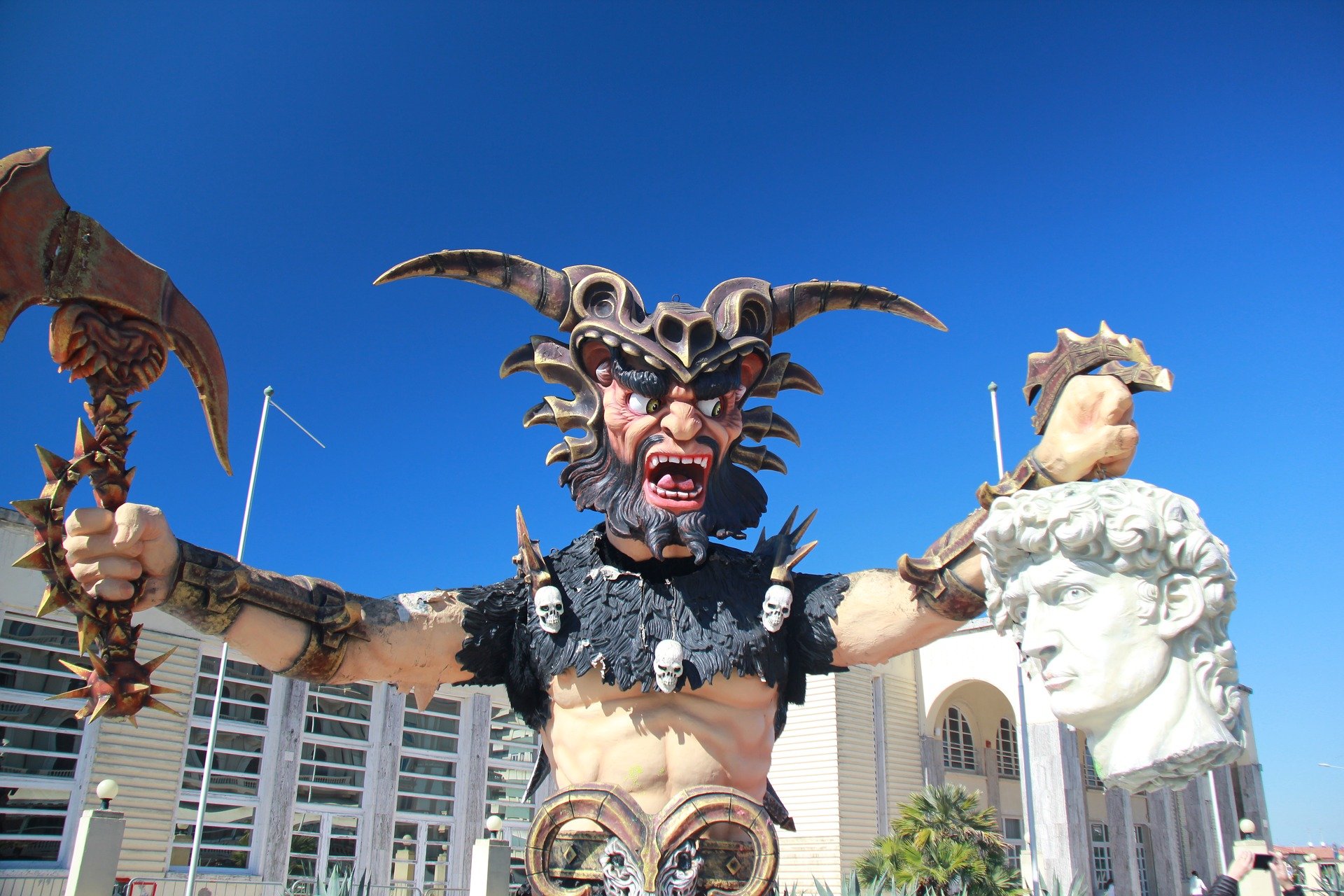“A Carnevale ogni scherzo vale!” Anything goes at Carnival, Italians say. It doesn’t matter if you are a celebrity, a politician, or even the Pope, the giant puppets parading in the historical Carnivals of Viareggio or Putignano can resemble anybody.
This year, the 142nd edition of the world-famous event held in the Tuscan town of Viareggio, in the province of Lucca, will kick off on January 31 and is expected to host masks of Italian Prime Minister Matteo Renzi, as well as of Silvio Berlusconi and Pope Francis.
Since Mardi Gras of 1873, when a group of young people dressed up with costumes marched along the town’s main street for the first time, the Carnival of Viareggio has extraordinarily grown in size and popularity.
Nowadays it offers an entire month of festivities for the whole family, featuring papier-mâché floats, mask contests, food fairs, and firework shows, which attract thousands of visitors from all over the world. Local painter Antonio D’Arliano introduced the use of papier-mâché in 1925, a technique handed down for generations that allows creating floats over 20 meters tall with motion effects and spectacular details.
After the parade, taking place along the seafront promenade since the early 20th century, a jury awards the best floats in terms of both creativity and execution.
In Apulia region, the small town of Putignano is home of another unique Carnival tradition, and one of the oldest as it dates back to the year 1394, when a group of farmers celebrated by singing and dancing the solemn transfer of St. Stephen’s relics to the local church of Santa Maria La Greca.
This practice was named “Festa delle Propaggini” and, despite losing its religious trait over the centuries, it still marks the beginning of the Carnival of Putignano. Starting from mid-January, each Thursday is dedicated to a different group, such as monsignors, priests, monks, widows, single young men, married women, and cheated-upon husbands. In particular, the latter are involved in a satirical pantomime where their “horns” – symbol of the adultery – are cut off. This fun combination of sacred and profane usually includes also folk music, dance, and masquerades.
On Mardi Gras, the last day of the celebrations, a fake procession is put on to bid farewell to the Carnival season, and a papier-mâché pig is burned off in a purification ritual.
Among the best and most popular Carnivals in the world is the one in Venice, running January 31 through February 17, 2015. Its main theme will be closely linked to Expo Milan 2015, opening in May. Regional food and wine traditions will become an essential component not only of the historical parades of decorated boats along the canals and of renaissance costumes (Festa delle Marie), but also of many other events going on in the city day and night.
Usually intended as the feast of transgression and abundance, this year’s Carnival will have to send a message of responsibility in regards to food waste to comply with the goals and mission of the Universal Exposition. Fortunately, not everything goes at Carnival.






























